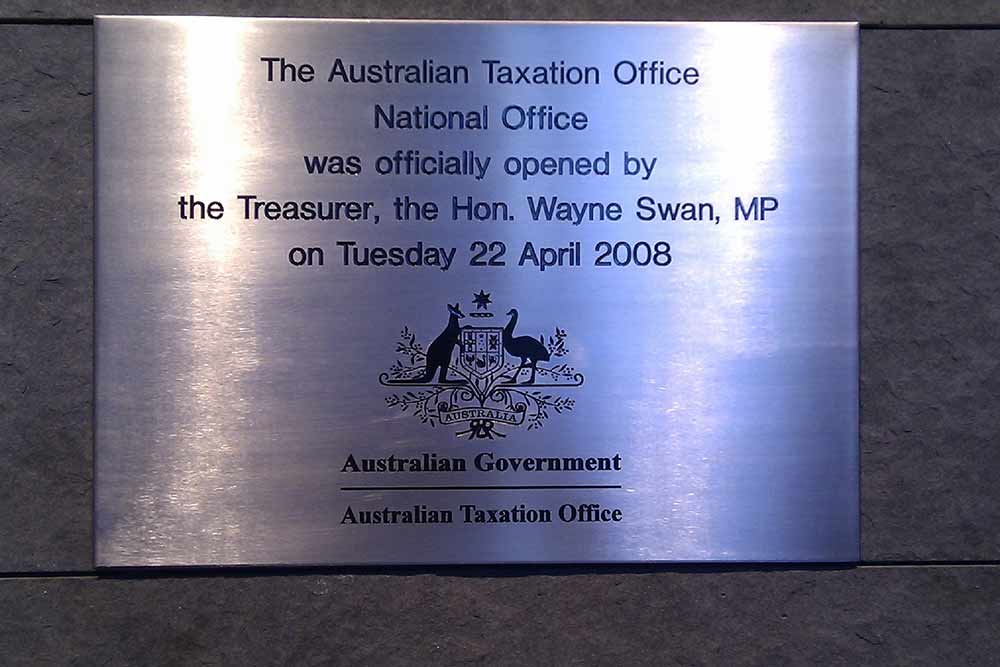
Image: ArchivesACT/flickr
The Australian Taxation Office (ATO) is encouraging job seekers to consider the agency as a potential employer.
In a statement from the ATO, the agency announced that it is opening its doors and recruiting talented and qualified professionals who ‘might not have previously considered the ATO/Australian Public Service (APS) as a likely employer.
It’s all part of the ATO’s ‘Opening Doors’ program, which according to the agency is unique to itself and the first of its kind for public service recruitment.
‘By targeting specific, under-represented groups, the ATO is seeking to raise the profile of these employees in the workforce and promote increasingly flexible work opportunities,’ a statement from the ATO said.
According to the agency, more than 20 people have already commenced as part of the Opening Doors program since it began in November 2016.
Opening Doors aims to build a more diverse workforce with:
- part-time opportunities for high calibre professionals looking for flexible working hours and conditions, in particular for those with primary caregiving responsibilities
- refugees who are qualified professionals seeking to establish themselves locally, and
- veterans, current or previous armed service personnel who are transitioning to a civilian role.
Each initiative in Opening Doors has a unique focus. The ATO seeks to fill roles across a variety of disciplines including – but not limited to – law, accounting, economics, design, information technology, customer service, human resources, marketing and communications.
‘As a large organisation the ATO offers flexibility in working arrangements, while still ensuring employees have meaningful work,’ the ATO said.
According to the ATO, it is expanding its networks to target skilled candidates with the right expertise and capabilities for the positions available, including specialists like Beam Australia for part-time professionals, Refugee Talent and Ironside Recruitment for veterans and emergency service personnel.
It comes as the governments are fretting over a potential skills shortage in the next decade, which has already come as a source of frustration for the local government sector which expects that Baby Boomer employees are clinging on to their jobs well into retirement, leaving younger prospective employees to look elsewhere in the private sector.
Additionally, the public sector has been haemorrhaging talent, which became the subject of a publicised report from social media giant LinkedIn, which encouraged and educated readers on how to retain talent in their workforces.





